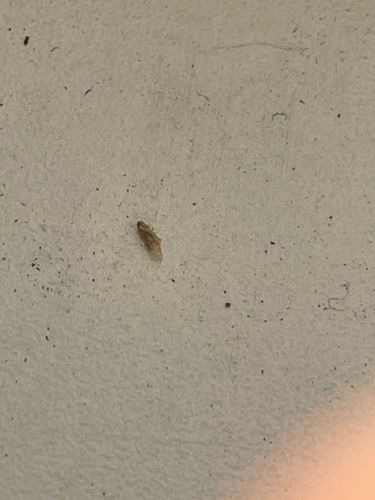Booklouse
Scientific Name: Various species, common genera include Liposcelis, Psyllipsocus
Order & Family: Order: Psocoptera, various families including Liposcelididae, Psocidae
Size: Typically 1-2 mm (0.04-0.08 inches) in length

Natural Habitat
Commonly found in damp, humid environments with poor ventilation. Indoors, they inhabit old books, paper, cereals, pantries, wall voids, and any area with moisture and mold. Outdoors, they can be found in leaf litter, under bark, and in bird nests.
Diet & Feeding
Booklice feed on microscopic molds, fungi, starches, glues, and other organic matter. They are especially attracted to conditions that promote mold growth.
Behavior Patterns
Booklice typically move quickly when disturbed. They are often found in groups, especially where conditions are favorable for mold growth. Their development from egg to adult takes about 20-30 days under optimal conditions (around 25-30°C and 75-90% relative humidity).
Risks & Benefits
Generally harmless to humans and do not bite or transmit diseases. However, large infestations can damage stored food items, books, and other paper products, and can be an indicator of excessive moisture and potential mold issues in a home. They are considered a nuisance pest.
Identified on: 8/28/2025